Delta says the Atlanta airport’s Terminal F has become the “first biometric terminal” in the United States where passengers can use facial recognition technology “from curb to gate.”
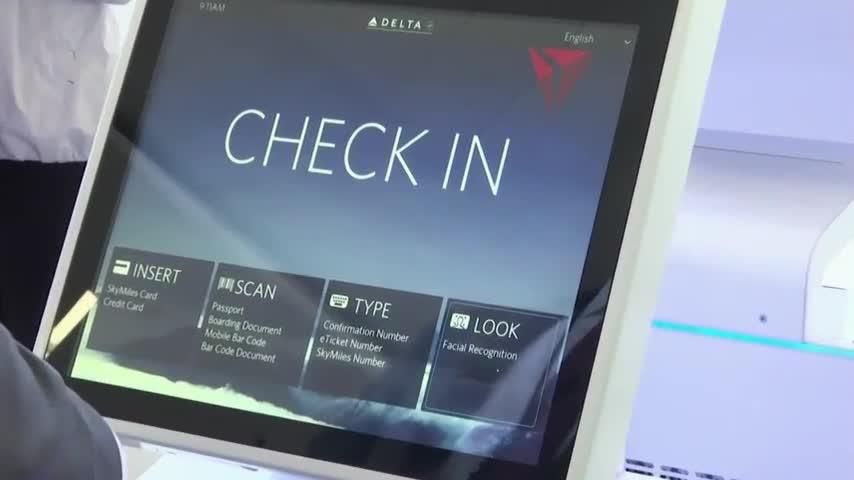

Following the unveiling of the Rivian R1T all-electric pickup truck, we took a closer look at what is becoming one of the most anticipated EVs scheduled to come out in the next two years.
Here’s a ton of pictures, videos, and GIFs of the Rivian R1T, and why I ordered one.
As we already reported, the R1T’s specs are unbelievable.
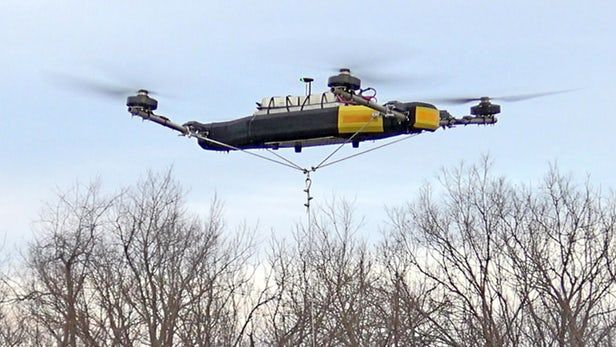
Volvo is about to launch its first-ever commercial operation using its driverless truck technology. A deal with a Norwegian mining firm will see six of its autonomous vehicles carry limestone between the mine and a port in an operation aimed at boosting productivity and reliability, as well as safety.
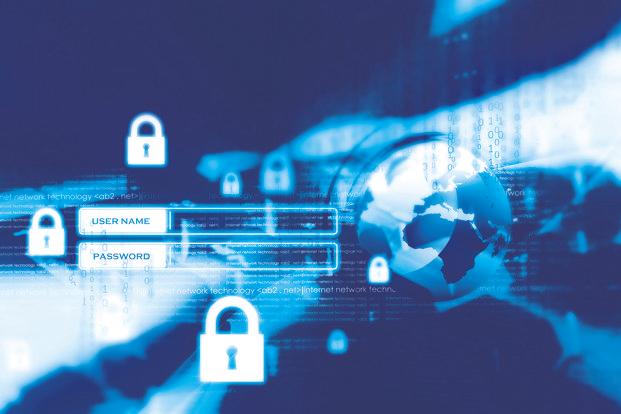
All of today’s computing takes its root from the world of “bits”, where a transistor bit, which lies at the heart of any computing chip, can only be in one of two electrical states: on or off. When on, the bit takes on a value of “1” and when off, it takes on a value of “0”, constraining the bit to only one of two (binary) values. All tasks performed by a computer-like device, whether a simple calculator or a sophisticated computer, are constrained by this binary rule.
Eight bits make up what is called a “byte”. Today, our computing is based on increasing the number of bytes into kilobytes, megabytes, gigabytes and so on. All computing advances we have had thus far, including artificially intelligent programmes, and driverless cars are ultimately reduced to the binary world of the bit.
This is a natural extension of western thought; for centuries, western philosophy has followed the principles of Aristotelian logic, which is based on the law of identity (A is A), the law of contradiction (A is not non-A), and the law of the excluded middle (A cannot be both A and non-A at the same time, just as non-A cannot be both non-A and A at the same time).
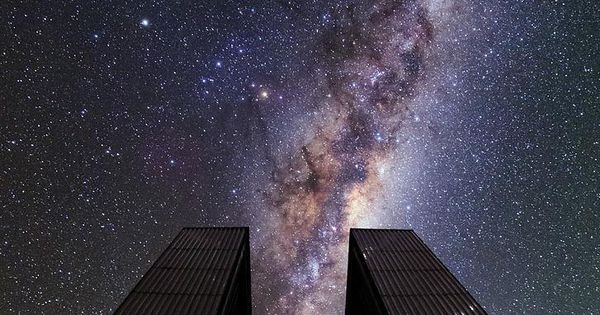

Despite growing excitement around the transformative potential of quantum computing, leaders in many industries are still unfamiliar with the technology that’s likely to prove more disruptive than Artificial Intelligence and blockchain. This ignorance seems particularly acute in industries that deal with physical systems and commodities. In an informal survey of two dozen executives in transportation, logistics, construction and energy, only eight had heard of quantum computing and only two could explain how it works.
In many ways this lack of awareness is understandable. Quantum computing’s value to our digital infrastructure is obvious, but its value to our physical infrastructure is perhaps less evident. Yet, the explosion of power and speed that quantum computers will unleash could indeed have a profound impact on physical systems like our transportation and utility networks. For companies, municipalities and nation states to stay competitive and capture the full benefit of the quantum revolution, leaders must start thinking about how quantum computing can improve our infrastructure.
Unlike classical computers, in which a bit of information can be either a zero or a one, quantum computers are able to take advantage of a third state through a phenomenon known as superposition. Superposition, which is a property of physics at the quantum scale, allows a quantum bit or qubit to be a zero, a one or a zero and a one simultaneously. The result is an astronomical increase in computational capacity over existing transistor-based hardware. Google, for example, has found that its quantum machines can run some algorithms 100 million times faster than conventional processors.
A startup called HyperSurfaces wants to completely change how you interact with the physical world — and based on some recently released demo videos, it might just meet that lofty goal.
The London-based startup recently unveiled a new technology that can transform any object into a user interface. Essentially, this tech lets you communicate with a computing system using virtually anything you like as a conduit — a glass wall, a car door, even a metal clothes rack — and it has the potential to end our reliance on keyboards, buttons, and touch screens forever.
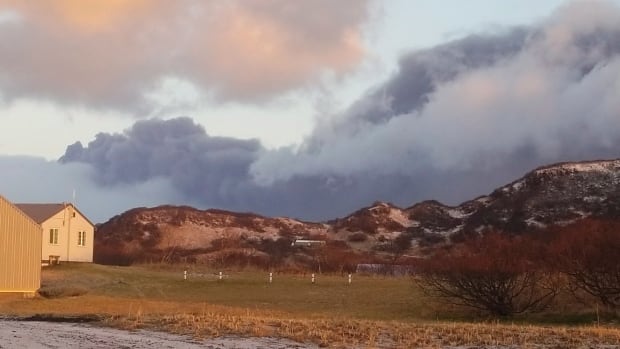
Residents of a tiny Alaska Native community woke up to a little pre-Thanksgiving excitement Wednesday, with a neighbouring volcano spewing a billowing dark cloud high into the air.
The sooty emissions from Mount Veniaminof were visible from the Aleut village of Perryville nearly 40 kilometres to the south, locals said. But the wind was pushing the plume away from the community of 101 people.
“It’s a big, black, ugly cloud,” lifelong resident Victoria Tague said of the ash, which later slipped behind a cloud cover.
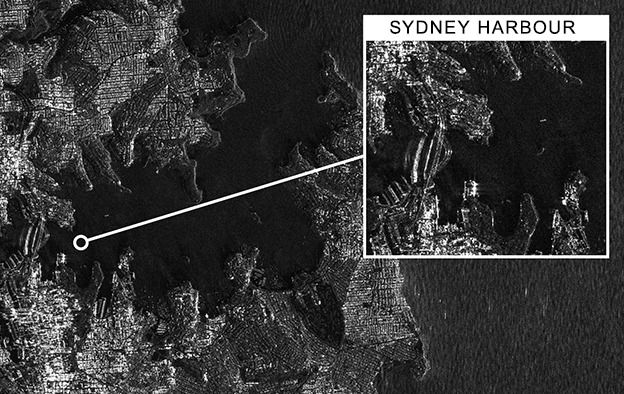
Sydney Harbour and the Egyptian pyramids feature in the debut images from the first all-UK radar spacecraft.
NovaSAR was developed jointly by Surrey Satellite Technology Limited of Guildford and Airbus in Portsmouth, and launched to orbit in September.
Its pictures are now being assessed for use in diverse applications, including crop analysis, flood and forestry mapping, and maritime surveillance.